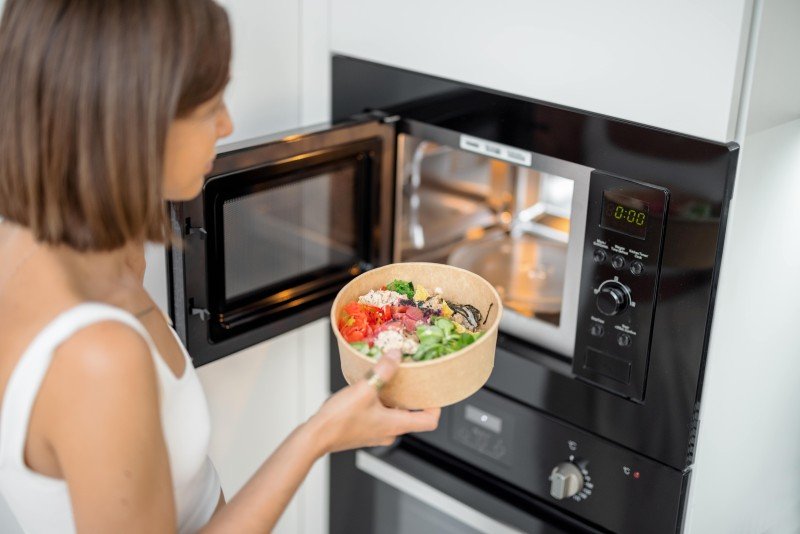7 Simple Changes That'll Make The Biggest Difference In Your Oven Hobs
The Essential Guide to Oven Hobs: Selecting the Right One for Your Kitchen
When it pertains to home cooking, couple of devices are as essential as the oven hob. This flexible tool is essential for a range of cooking approaches— boiling, frying, simmering, and sautéing. Provided the myriad of options available on the market, choosing the ideal oven hob for one's kitchen can be daunting. This short article aims to offer an extensive look at oven hobs, discussing their types, performances, benefits, disadvantages, and essential considerations when buying one.
Comprehending Oven Hobs
Oven hobs, frequently called cooktops, are flat cooking platforms that feature burners or heating components. They can be integrated with an oven or stand-alone. related internet page of an oven hob can significantly impact cooking efficiency and convenience.
Kinds Of Oven Hobs
Oven hobs come in numerous types, each with special features. Below are the most common types readily available:
Type
Description
Advantages
Drawbacks
Gas Hobs
Utilizes gas or lp
Instantaneous heat and exact temperature control; works well with all cookware
Requires a gas connection; less energy-efficient than electric
Electric Hobs
Use electric coils or glowing heat
Easy to clean; consistent heat circulation
Slower to warm up; can be less responsive than gas
Induction Hobs
Utilizes electromagnetic fields to heat pots and pans directly
Quick cooking; energy-efficient; simple to clean
Needs suitable pots and pans; generally more pricey
Ceramic Hobs
Flat glass-ceramic surface area with convected heat
Aesthetically pleasing; easy to tidy
Can be prone to scratching; slower to heat than induction
Secret Features of Oven Hobs
When choosing an oven hob, a number of functions should be considered:
Size & & Configuration: Available in various sizes, oven hobs can accommodate several pots and pans. Standard alternatives are usually 30, 36, or 48 inches broad.
Power Output: Look for hobs with varying power levels for different cooking processes. High-powered burners are excellent for boiling, while lower-power ones can be utilized for simmering.
Control Types: Choose between knob controls and touch controls. Knobs provide tactile feedback, while touch controls offer sleek designs and extra functionalities.
Safety Features: Options like automatic shut-off, child locks, and flame failure devices are essential for avoiding accidents.
Reduce of Cleaning: Choose models with smooth surfaces or removable parts for simple maintenance.
Benefits and Disadvantages
Understanding the pros and cons of various oven hobs can assist in making an informed choice.
Advantages
- Versatility: Suitable for various cooking techniques, from boiling to frying.
- Speed: Many hobs heat rapidly, particularly induction models.
- Energy Efficiency: Some options, like induction hobs, can minimize energy intake compared to standard methods.
Downsides
- Expense: High-end models, particularly induction hobs, can be expensive.
- Installation: Gas hobs require expert setup and a gas supply, which may incur extra costs.
- Compatibility: Not all cookware deals with induction hobs, necessitating extra purchases.
Purchasing Considerations
When choosing an oven hob, consider the following factors:
Cooking Style: Assess how often and what kind of cooking you do to identify the very best hob type.
Kitchen Layout: Measure your kitchen space to make sure the hob fits and complements other appliances.
Budget: Determine how much you are ready to spend. Factor in installation and the expense of any required cookware.
Energy Source: Evaluate the schedule of natural gas or the electrical capability of your kitchen to decide between gas and electric options.
Frequently Asked Questions About Oven Hobs
Q1: What is the difference between a cooktop and an oven hob?A cooktop and an oven hob typically refer to the exact same home appliance. However,“cooktop “is a broader term that includes both standalone hobs and integrated systems with ovens. Q2: Can I use any cookware on an induction
hob?No, induction hobs need ferrous( magnetic)pots and pans
to work. Pots and pans made from product like stainless steel or cast iron is suitable, while aluminum and copper without magnetic residential or commercial properties are not. Q3: How do I tidy my oven hob properly?Cleaning techniques depend on the kind of hob.
Normally, a moist fabric and mild detergent work for glass-ceramic surface areas, while a specific hob cleaner is ideal for induction. Gas hobs need taking apart burners for comprehensive cleansing. Q4: Are induction hobs safe for cooking?Yes, induction hobs are generally safer than gas hobs as they do not produce an open flame,and the surface cools off rapidly. The majority of designs likewise feature kid safety locks. Q5: How frequently must I replace my oven hob?The life-span of an oven hob differs based upon the type and usage. Generally, they last around 10 to 15 years.****
Routine upkeep can help extend this duration. Picking the ideal oven hob for your home can considerably improve your cooking experience. With a comprehensive understanding of the types, functions, benefits, and factors to consider, anybody can make an educated option. From the high heat of gas to the performance of induction, there is a hob matched to every culinary requirement. Eventually, the right oven hob can transform cooking from an ordinary job into an art type, making it possible for culinary enthusiasts to create scrumptious meals with ease. 